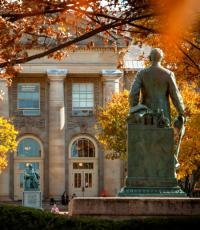
CIAMS Members Receive Awards at the Society for American Archaeology 90th Annual Meeting
Congratulations to our CIAMS Members, who will receive awards for their scholarship and work at the Society for American Archaeology's 2025 Annual Meeting.
 Department Homepage
The College of Arts & Sciences
Department Homepage
The College of Arts & Sciences

Congratulations to our CIAMS Members, who will receive awards for their scholarship and work at the Society for American Archaeology's 2025 Annual Meeting.


Danielle Vander Horst M.A. ’19 wrote about Romano-British face pots in master’s thesis in the Cornell Institute of Archaeology and Material Studies. This year, Vander Horst published a chapter on them in the Archaeological Institute of America's annual peer-reviewed book series that expands on her thesis. In "Containing Yourself: Romano-British Face Pots as Proxy for Body and Self," Vander Horst argues that face pots in Britain reflect pre-Roman ideas about the body and human agency.
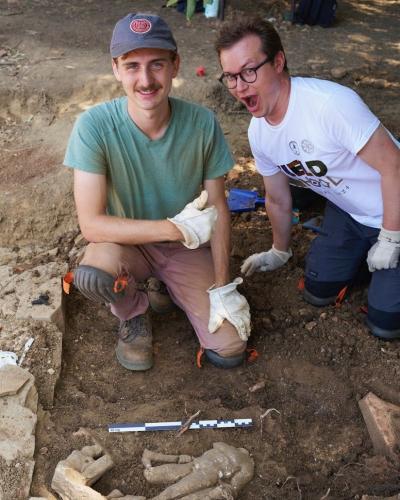
A miniature Hercules statue was recently unearthed by Alexander Cooper-Bohler (‘25), an Archaeology Major with a minor in East Asian Studies, and a student in the Montaione Field School.
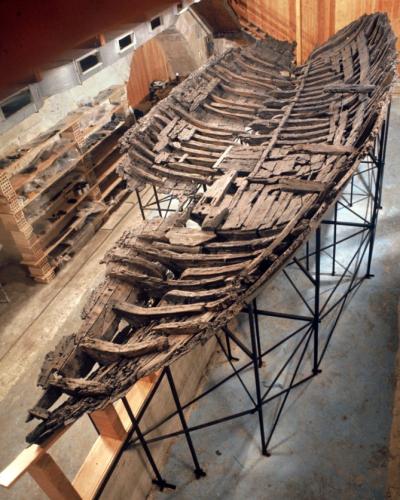

Sturt Manning, Distinguished Professor of Arts and Sciences in Classics, received the P. E. MacAllister Field Archaeology Award at the Annual Meetings of the American Society of Overseas Research (ASOR) in Boston in November.
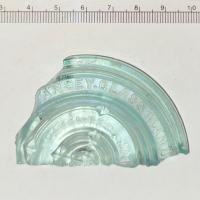
CIAMS M.A. student, Li Hayes, shares what we can learn from a fragment of a fruit canning jar lid.
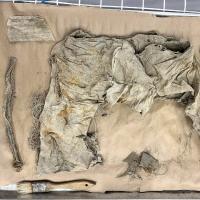
CIAMS M.A. student, Sarah Orsinger, analyzes the largest textile found to date at St. James AME Zion Church.

CIAMS M.A. student, Haley Stuckey, reflects on excavating at St. James AME Zion Church.
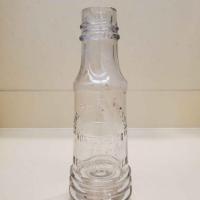
CIAMS M.A. student, David Dishman, analyzes an intact glass bottle that was recovered from St. James AME Zion Church.
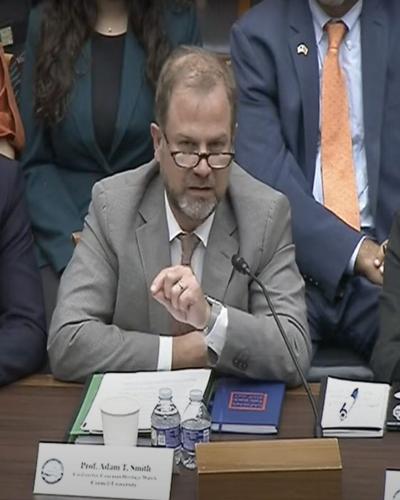
On September 19, 2024, Prof. Adam T. Smith (Distinguished Professor of Arts and Sciences in Anthropology, Director of CIAMS, and Co-director of Caucasus Heritage Watch) presented testimony to the Tom Lantos Human Rights Commission of the United States Congress. Smith’s testimony was part of a hearing on alleged human rights violations perpetrated by the government of Azerbaijan against the Armenian community expelled from Nagorno-Karabakh in September 2023. The hearing examined evidence for ethnic cleansing and related human rights abuses, including the treatment of prisoners of war and political prisoners, and the status of Armenian cultural sites in Nagorno-Karabakh.

CIAMS welcomes its new graduate students.
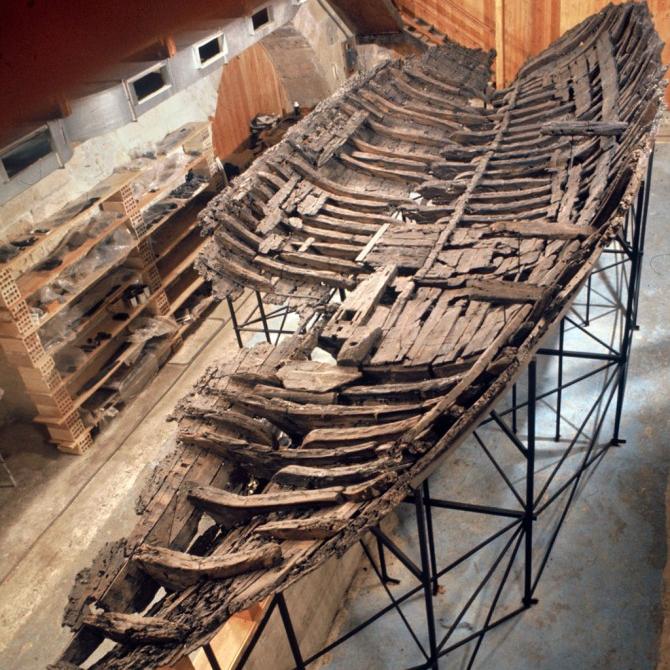

The Cornell Tree-Ring Laboratory identified the likeliest timeline of the Hellenistic-era ship's sinking as between 296-271 BCE, with a strong probability it occurred between 286-272 BCE.

As part of Saturday’s festival on June 15th, Cornell’s Institute for Archaeology and Material Studies (CIAMS) and St. James AME Zion Church organized an artifact washing activity for kids next to the church.
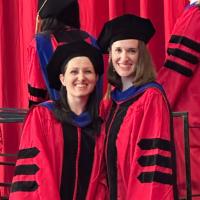
CIAMS congratulates its graduates of 2024

Milan Taylor is an anthropology & archaeology major.
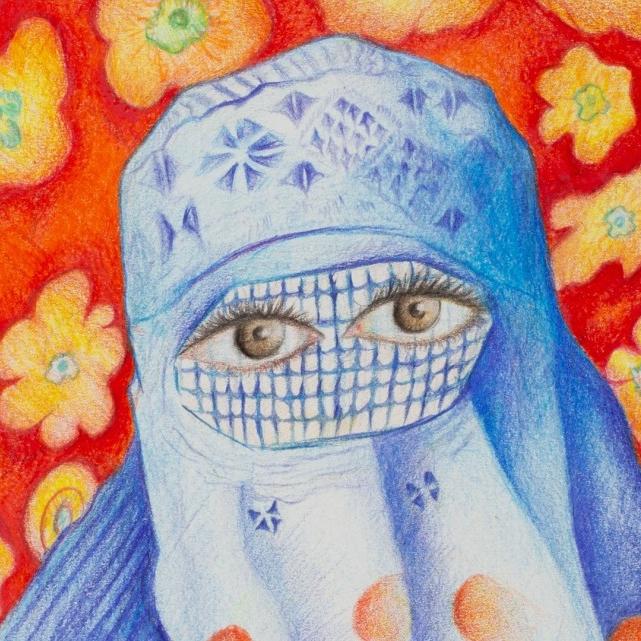

Afghan visual artist Elja Sharifi, currently a visiting scholar at the Herbert F. Johnson Museum of Art, sees her escape from the Taliban as a call to action. She will enter Cornell’s PhD program in art history next fall.

The collection “Households in Context: Dwelling in Ptolemaic and Roman Egypt” shifts the archaeological perspective from public and elite spaces such as temples, tombs and palaces to everyday dwellings and interactions of families.
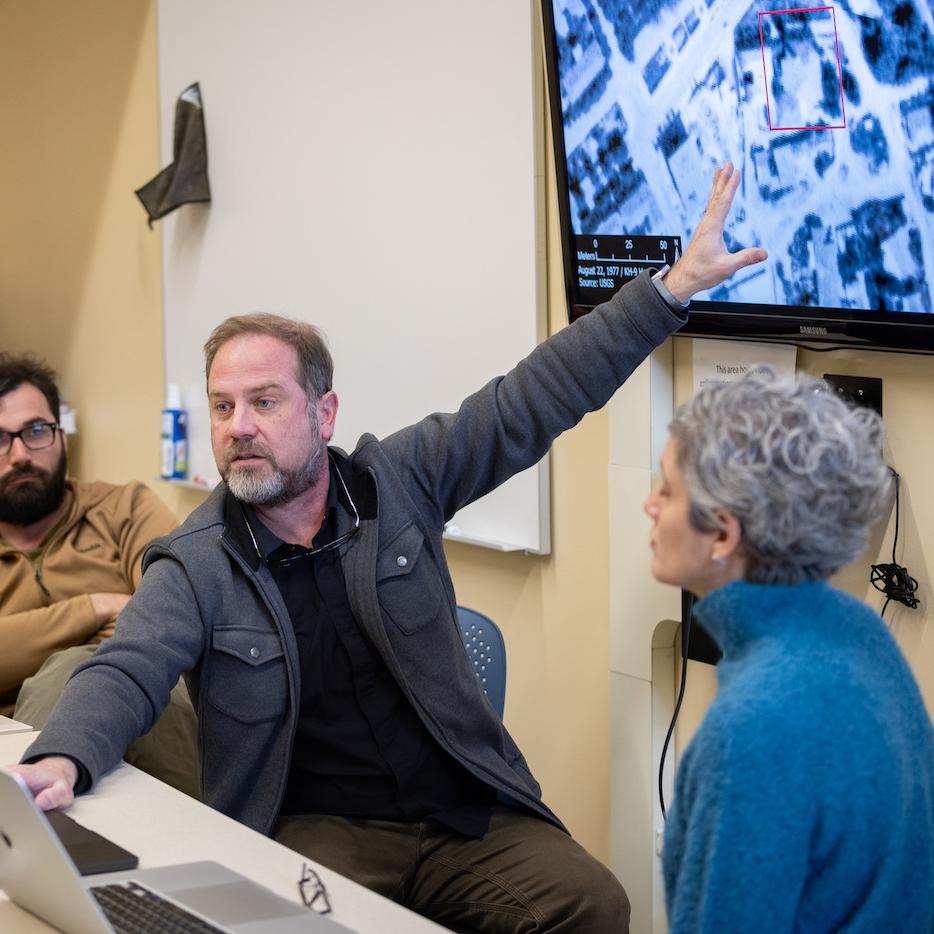
As a new faculty fellow in the Milstein Program in Technology & Humanity, Adam T. Smith co-developed the new course this spring.
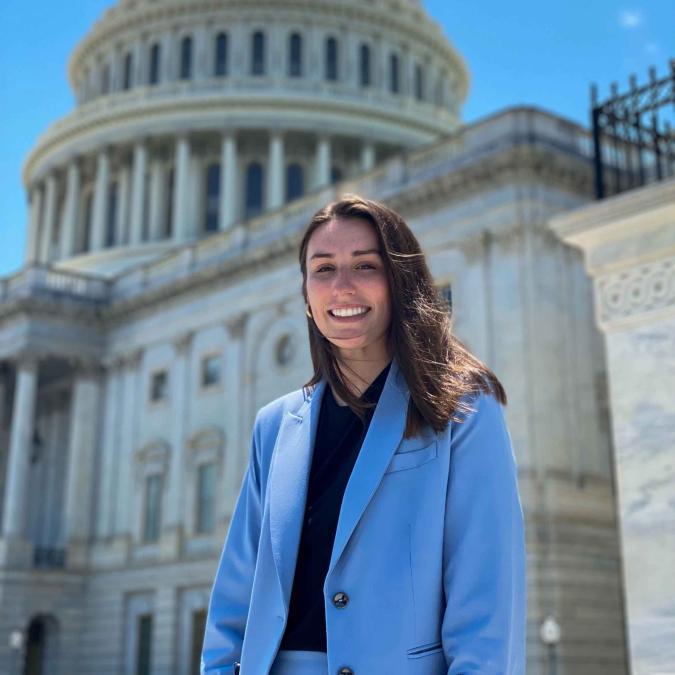
The grants provide funding for students in unpaid or low-paying summer experiences to offset the cost of taking on those positions.

CIAMS M.A. student, Alex Dorosin, shares two short films he shot and edited of the 2023 St. James excavations.

Cornell student Madeleine Wenger '24 presents a dendrochronology tour of the wood samples collected from St. James AME Zion Church.

CIAMS M.A. student Emma Zilke presents a preliminary analysis of some faunal remains recovered from St. James AME Zion Church.
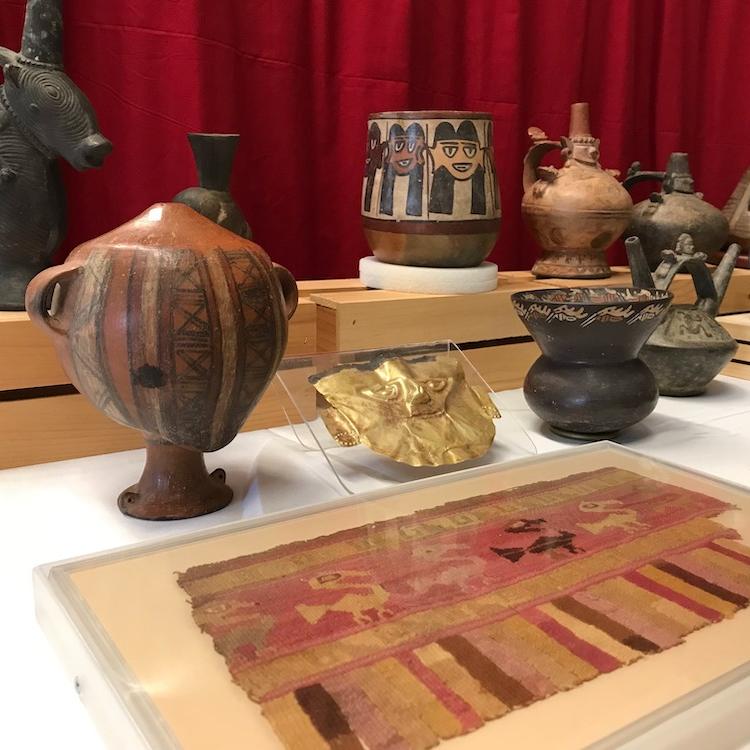
“The conference showcased the true intergenerational and diverse group of scholars involved in Andean Studies,” said Prof. Cohen-Aponte.

The St. James AME Zion Church Community Excavations were featured in a recent story for The Cornell Daily Sun.

CIAMS M.A. student Arnov Tandon explains his analysis of glass artifacts recovered from St. James AME Zion Church.

Cornell student Ruth Rajcoomar '24 discusses the need for a more inclusive and equitable field and how the community excavations at St. James highlight the potential for financially inclusive fieldwork experiences.
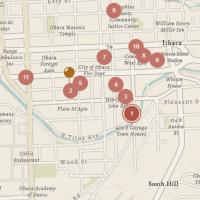
Cornell Historic Preservation graduate student, Kami Cai, presents an ArcGIS StoryMap about the Underground Railroad in Ithaca.

Cornell University celebrates International Archaeology Day on October 21 this year with several exciting events on campus and in Ithaca, alongside additional events at the Corning Museum of Glass.
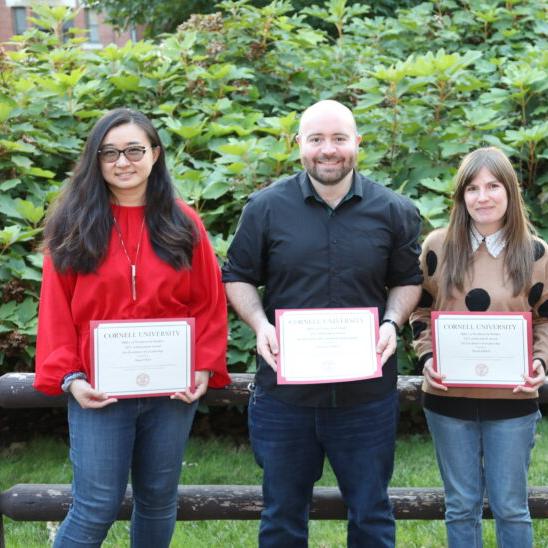
Cornell employs 790 postdoctoral scholars who are appointed across nearly 90 departments where they actively participate in the university’s research, teaching, and extension missions.
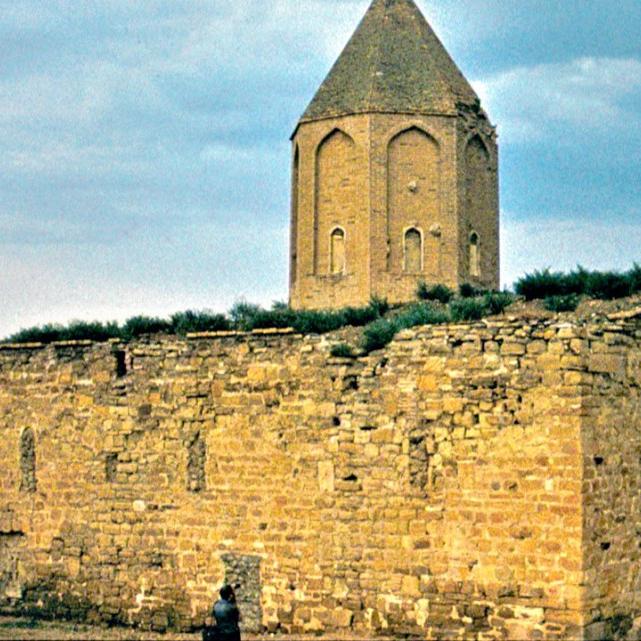
Faculty researchers paint a picture of what will happen if multilateral organizations fail to protect Armenian cultural heritage as Azerbaijan shells the disputed region.
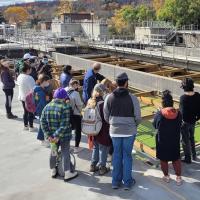

The funded community-engaged learning projects provide opportunities for students to excavate ancient Pompeii, establish a community garden in Moshi, Tanzania and more.
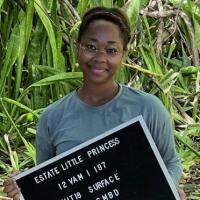
MyKayla Williamson's archaeological excavation takes place on Estate Little Princess, a plantation where people of African descent lived and worked starting in circa 1740.
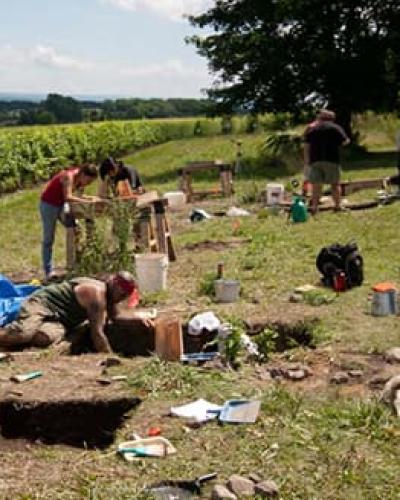
This year, Cornell Institute of Archaeology and Material Studies (CIAMS) members received several grants and fellowships to support their research activities.
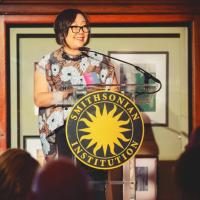
Lisa Sasaki ’97 is helping to shepherd the high-profile new Washington, D.C., institution into existence

Faculty from six colleges across Cornell tackle issues ranging from the health of endangered wild dogs to the spread of misinformation through social media.
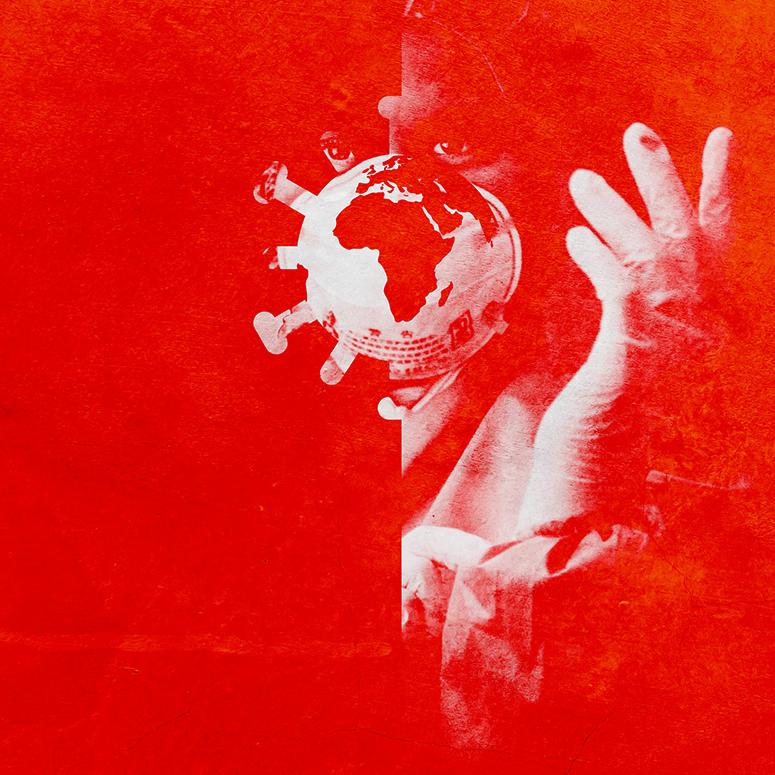
A&S faculty members will delve into questions ranging from quantum computing to foreign policy development and from heritage forensics to effects of climate change.
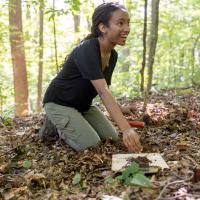
This summer, 101 students in the College of Arts and Sciences will take part in groundbreaking research on campus with 61 faculty as part of the Nexus Scholars Program.
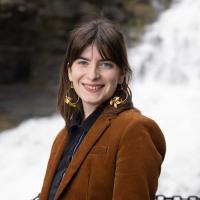
Charlee Mandy is an archaeology and classics major.
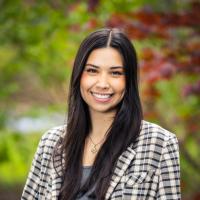
Hannah Master is an archaeology and Near Eastern studies major.
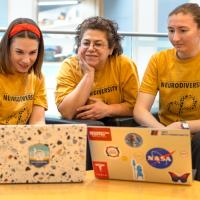
Students and staff are finding support, community, visibility and a voice through Neurodiversity @ Cornell.

An interdisciplinary collaboration used tree ring and isotope records to pinpoint a likely culprit: three straight years of severe drought in an already dry period.
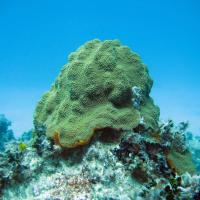
In the Society for the Humanities Invitational Lecture Feb. 15, art historian Verity Platt will present her research on the humble sea sponge.

The Cornell Chronicle has written an article about CIAMS member Magnus Fiskesjö's class on heritage, archaeology and repatriation.
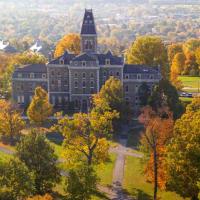
The refurbishment and preservation of McGraw has become a top priority for the College of Arts & Sciences and the university.
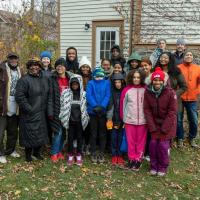
This semester’s work also featured an end-of-semester mini-field course for local children and youth presented by two Cornell students.

Llhuros – its relics, rituals, poetry, and music – as well as the academic commentary it inspired, "documents just one tiny little sliver of Cornell’s history. But it’s a fascinating one.”
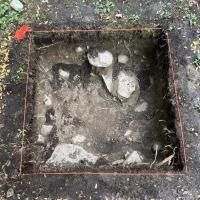
Join CIAMS M.A. student MyKayla Williamson on a day digging at St. James and a day analyzing ceramic artifacts in the lab.
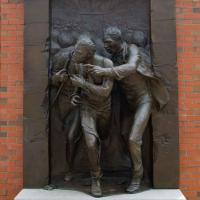
Cornell student Jonathan Ebenezer ‘23 discusses the role of community resistance on the Underground Railroad as it relates to St. James.
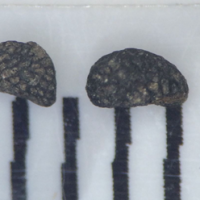
Cornell student Milan Taylor ’24 speaks with Maia Dedrick, Cornell Atkinson Postdoctoral Fellow, about paleoethnobotany work conducted at St. James.

Cornell student Aaliyah Brown '23 talks with SMSA founder Denise Lee '73 about engaging youth in the excavations at St. James.
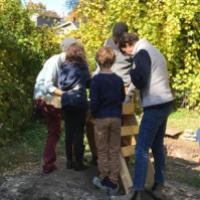
CIAMS M.A. student Carol Anne Barsody shares her experiences participating in the excavations at St. James.